3D Digital Billboards | New Marketing Norm | Marketing | Elyts

In the ever-evolving landscape of advertising, 3D digital billboards have emerged as the next frontier in out-of-home (OOH) marketing. These futuristic displays are turning heads in major cities like New York, Tokyo, and London — not just because they’re visually stunning, but because they’re transforming how brands interact with their audiences.
So why are 3D billboards rapidly becoming the new marketing
norm? Let’s dive in.
1. Unmatched Visual Impact
Traditional billboards are static and flat. In contrast, 3D
digital billboards create a sense of depth, motion, and realism that
instantly captures attention. Whether it’s a roaring lion leaping out of the
screen or a sneaker twisting mid-air above a street, the visual spectacle is
hard to ignore.
This level of immersion makes 3D ads stick in the memory
of passersby, creating stronger brand recall and higher engagement rates.
2. Social Media Magnet
We live in the age of “shareability,” and 3D billboards are
built for virality. When a jaw-dropping 3D ad appears in Times Square or
Shibuya Crossing, people instinctively whip out their phones to record and
share it.
Brands benefit from organic exposure on platforms like
Instagram, TikTok, and Twitter, often gaining millions of views without
spending extra on social advertising. This blend of physical and digital
visibility is a powerful combination for modern marketing.
3. Enhanced Storytelling Capabilities
Static images can only say so much. With 3D digital
technology, brands can tell stories in a more dynamic, interactive, and
emotionally resonant way. The ability to manipulate space, motion, and
perspective allows marketers to convey their message more vividly — and in mere
seconds.
Whether it’s launching a new product, raising awareness, or
creating a buzz, 3D billboards enable brands to tell high-impact stories
in public spaces.
4. Cutting-Edge Brand Image
Adopting 3D billboard technology sends a clear message: your
brand is innovative, modern, and ahead of the curve. For companies targeting tech-savvy
or younger demographics, this can be a crucial differentiator.
Early adopters of 3D billboards often receive first-mover
advantage, standing out in crowded markets and building an image of
leadership and creativity.
5. Better ROI and Analytics
Today’s 3D billboards aren’t just beautiful — they’re also
smart. Many are equipped with data-driven technology that tracks viewer
interactions, foot traffic, and even dwell time. This means marketers can
measure performance more accurately and refine future campaigns based on
real-world feedback.
In addition, while production costs for 3D content may be
higher, the return on investment (ROI) tends to be greater due to higher
engagement and earned media value.
6. Seamless Integration With Other Channels
Modern marketing is all about omnichannel strategy,
and 3D billboards complement digital campaigns perfectly. They can feature QR
codes, app prompts, or social media tags that guide viewers to continue their
journey online.
This kind of synergy bridges the gap between the physical
and digital worlds — making the experience feel fluid, interactive, and
on-brand.
Final Thoughts: The Future Is 3D
As the advertising industry continues to innovate, 3D
digital billboards represent the future of public engagement. They're more
than just ads — they’re experiences that demand attention, spark curiosity, and
inspire action.
For brands looking to break through the noise in 2025 and
beyond, 3D billboard marketing isn’t just a trend — it’s a strategic move
toward greater visibility, connection, and creativity.
Elyts Advertising and Branding Solutions | www.elyts.in (India) | www.elyts.agency (UAE)











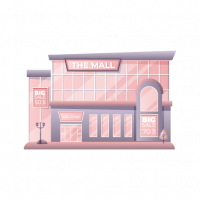


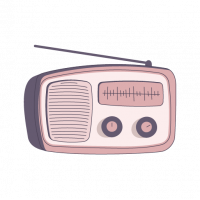


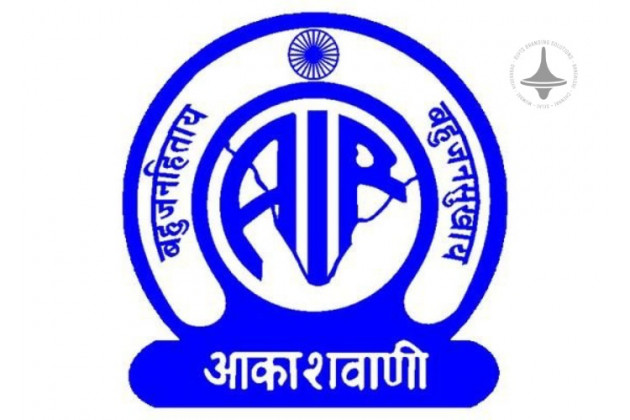
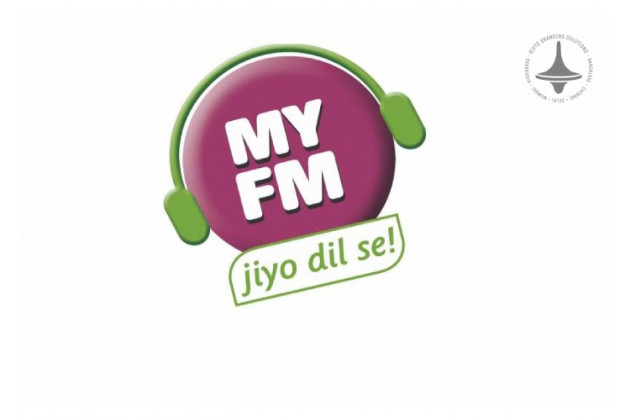
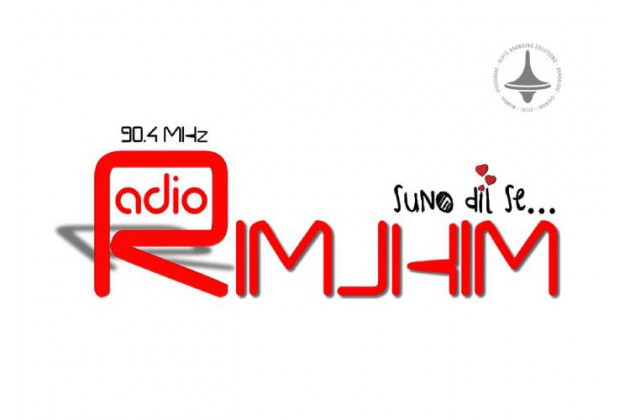

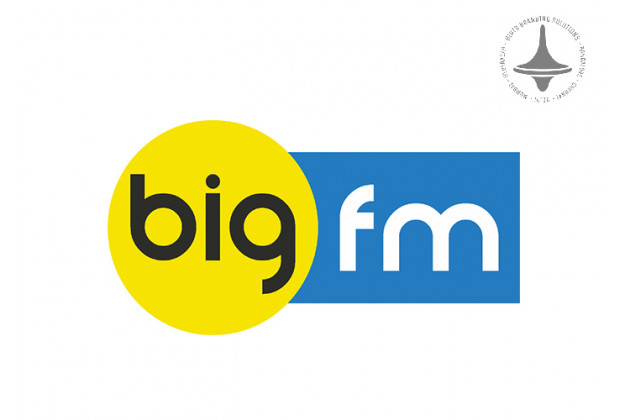
Leave a Comment